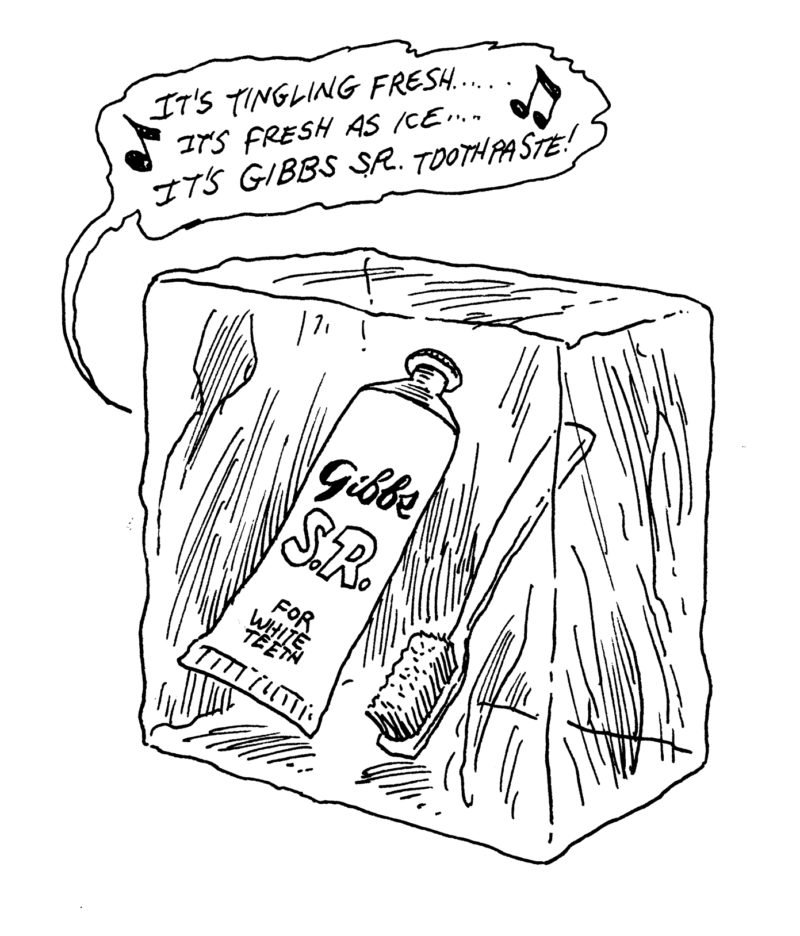On February 5, 2012, the quasi-maybe-sorta-sometimes-revolutionary pop star M.I.A. performed alongside Madonna at the Super Bowl half-time show. Despite the fact that M.I.A.’s music interrogates ideas about revolt, nationalism, and the distribution of wealth (“Pull up the people. / Pull up the poor,” goes the chorus of the first song on her major-label debut, Arular), and that her early albums were embraced by indie audiences, there was a time when M.I.A.’s appearance alongside one of the most famous people in the world, at an event that roughly half of the American population was watching, would have been perceived as “the ultimate sell-out move.” But in an article on the website Grantland about M.I.A.’s performance, Hua Hsu begged to differ. “[Today], we’ve grown accustomed to how deeply entangled the interests of art and commerce have become,” he wrote (thinking, no doubt, of such cultural phenomena as 30 Rock and Lady Gaga), “the way a sitcom can be meta and experimental while convincing you that you desperately want a McFlurry.” To him, M.I.A.’s Super Bowl appearance (which ended, now infamously, with her flipping off the camera) was hopeful and exciting, as it signaled the end of the previous generation’s simplistic ideas about the relationship between art and commerce, and trumpeted a new cultural reality: “the impossibility of selling out.”
I am similarly enchanted by a different televised musical moment that—although it happened about four decades earlier, in 1973, and involves decidedly fewer sequins—brings up similar questions about art and commerce. Two dozen men in marshmallow-circus-peanut-orange turtlenecks—all of whom look like they could have been your eighth-grade French-horn teacher (one of whom maybe actually was; a commenter on the YouTube video remarks, “Lol, my school French horn teacher is in this video. He wasn’t much good at teaching as I was crap Lol”)—are gracing the spotlit stage of the long-running BBC television show Top of the Pops. “Just when people are saying the charts are boring and very predictable,” says the feathery-haired host, Noel Edmonds, in his introduction, “something rather unusual happens. And this week something somewhat amazing has happened.”
With that, the turtlenecked men, who are known as the Simon Park Orchestra, launch into the instrumental song “Eye Level,” which is the theme for the British detective TV show Van der Valk, and which at that moment was the number one single in the U.K. Trumpets sound magnificently, woodwinds flit tunefully, and Park himself conducts with an exuberant bounce in his step and an irrepressible grin on his face. A minute or so into the performance, the camera catches the tambourine player giving one of his fellow musicians...
You have reached your article limit
Sign up for a digital subscription and continue reading all new issues, plus our entire archives, for just $1.50/month.
Already a subscriber? Sign in





